Derrel
Mr. Rain Cloud
- Joined
- Jul 23, 2009
- Messages
- 48,225
- Reaction score
- 18,941
- Location
- USA
- Website
- www.pbase.com
- Can others edit my Photos
- Photos OK to edit
In Nikon's current lineup, there is the 35mm f/1.8 DX-Nikkor, which is a lower-priced lens designed to be best on DX-sensor Nikons.
Nikon - AF-S DX NIKKOR 35mm f/1.8G Standard Lens - Black
This is on sale right now at $179.99 from BestBuy, with a price-match guarantee offered by BestBuy stores all across the country.
Note that this is being sold as a "standard lens", in the way Gary is referencing is as a 50mm e-FOV equivalent. This has become the new way to talk about lenses for smaller-tna-FX sensor type cameras, as "e=FOV" for equivalent field of view.
There is also a $529 AF-S Nikkor 35mm f/1.8G ED, which has ED glass, and better optics, and is for both FX and DX Nikon cameras. This is a fairly new optical design, and is one of the few 35mm lenses that have ED glass.
Nikon AF-S NIKKOR 35mm f/1.8G ED Prime Lens for ... - Best Buy
The earlier 35mm f/2 AF and AF-D lenses require a camera that has an in-camera, screw-drive motor for autofocusing.
Nikon - AF-S DX NIKKOR 35mm f/1.8G Standard Lens - Black
This is on sale right now at $179.99 from BestBuy, with a price-match guarantee offered by BestBuy stores all across the country.
Note that this is being sold as a "standard lens", in the way Gary is referencing is as a 50mm e-FOV equivalent. This has become the new way to talk about lenses for smaller-tna-FX sensor type cameras, as "e=FOV" for equivalent field of view.
There is also a $529 AF-S Nikkor 35mm f/1.8G ED, which has ED glass, and better optics, and is for both FX and DX Nikon cameras. This is a fairly new optical design, and is one of the few 35mm lenses that have ED glass.
Nikon AF-S NIKKOR 35mm f/1.8G ED Prime Lens for ... - Best Buy
The earlier 35mm f/2 AF and AF-D lenses require a camera that has an in-camera, screw-drive motor for autofocusing.


![[No title]](/data/xfmg/thumbnail/31/31748-63241c520f250328a5ec32959b8f53d0.jpg?1619734989)
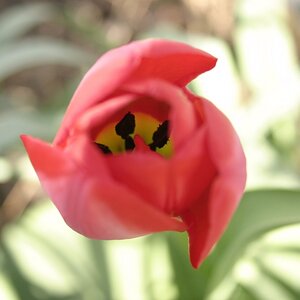
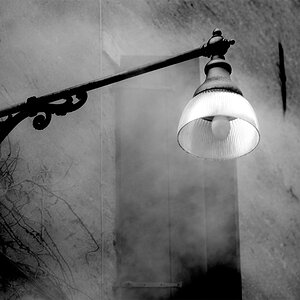
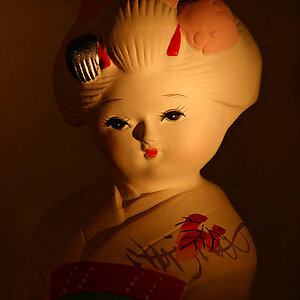
![[No title]](/data/xfmg/thumbnail/42/42067-88a229e814afcfc8848b3e293d8113d9.jpg?1619739998)
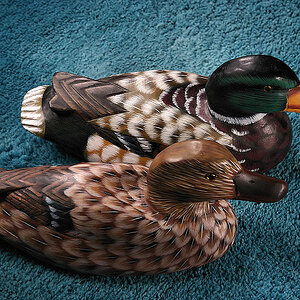

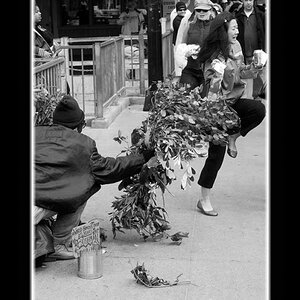
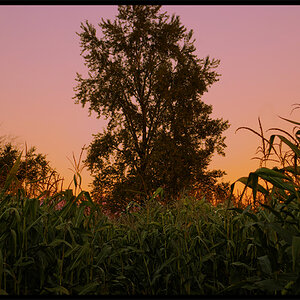
![[No title]](/data/xfmg/thumbnail/36/36668-ac1cd3882e96edd642d568c48ed3e7a5.jpg?1619737676)
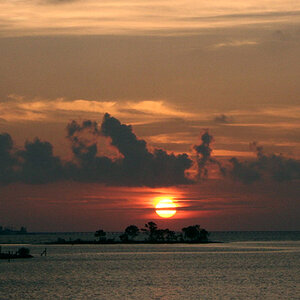
![[No title]](/data/xfmg/thumbnail/31/31749-6cf0f99d6bdedf47f7387c5b943fb717.jpg?1619734989)